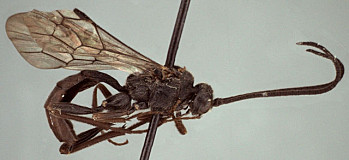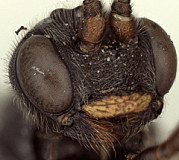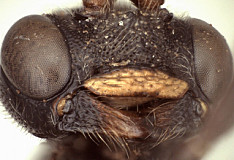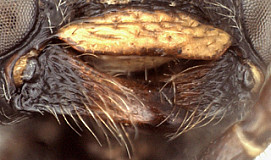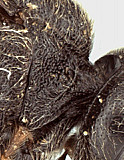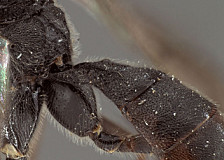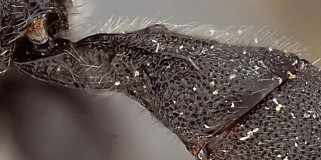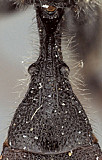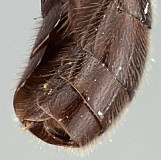Satous Townes, 1970
Within the Ctenopelmatini, members of the genus Satous are characterized by the absence of a glymma and the unequal size of the mandibular teeth, with the ventral tooth much larger than the dorsal tooth. Satous differs from Xenoschesis primarily in the sculpture of the propodeum, with Xenoschesis lacking the lateral longitudinal carinae. Females of Xenoschesis also have the metasoma laterally compressed apically, unlike females of Satous in which the metasoma is rounded or depressed apically. In Satous, the head, mesosoma, and basal half of the metasoma are deeply, coarsely punctate.
There are no specimens currently determined for this OTU, or those specimens determined for this OTU are not yet mappable.
This material is based upon work supported by the National Science Foundation under Grant Number DEB 0328922 with REU supplement DEB 0923134 and 1026618.
Any opinions, findings, and conclusions or recommendations expressed in this material are those of the author(s) and do not necessarily reflect the views of the National Science Foundation.

